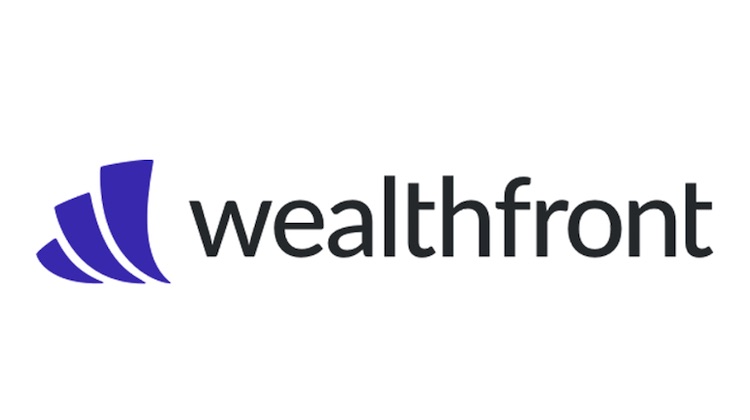Future of Investing
Robo-adviser Wealthfront adds home planning service
- Wealthfront added a home planning service to its financial planning tool Path
- The move helps Wealthfront become a portal for multiple financial transactions beyond investing








